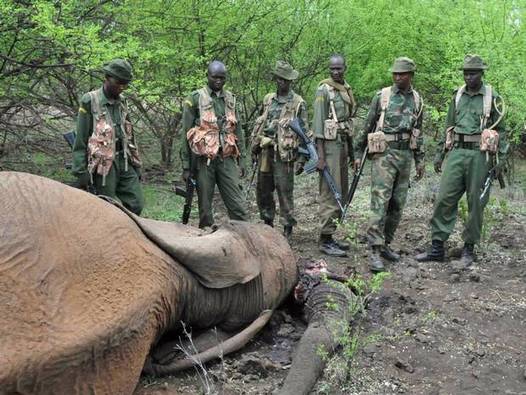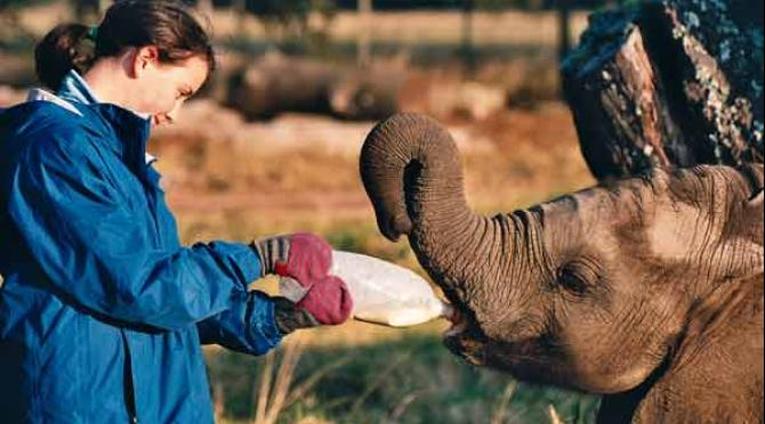The Problem
The Problem:
African elephant populations have decreased about 62% just over the last 10 years. This dramatic population change has occurred because of the constant poaching by humans due to the demand for ivory. Ivory is a hard creamy-white substance that primarily make up an elephant’s tusk. Ivory has become very valuable to humans as they are used to make piano keys, billiards balls, ornament materials, identification chops, weapons, and jewelry. Because ivory is so appraised by society in African culture, African elephants are are being killed at a rate of approximately 100 elephants per day. If this trend continues, conservationists warn that African elephants will become extinct by the year of 2020 if widespread poaching continues.
African elephant populations have decreased about 62% just over the last 10 years. This dramatic population change has occurred because of the constant poaching by humans due to the demand for ivory. Ivory is a hard creamy-white substance that primarily make up an elephant’s tusk. Ivory has become very valuable to humans as they are used to make piano keys, billiards balls, ornament materials, identification chops, weapons, and jewelry. Because ivory is so appraised by society in African culture, African elephants are are being killed at a rate of approximately 100 elephants per day. If this trend continues, conservationists warn that African elephants will become extinct by the year of 2020 if widespread poaching continues.

What Is Being Done to Help:
Countless measures have been taken in an effort to try and halt this cruel bloodbath. In 1989, the Convention on International Trade in Endangered Species (CITES) placed a worldwide ban on ivory trade. This caused levels of poaching to fall dramatically, but it still did not stop poachers from hunting these highly sought-after animals.
The World Wildlife Fund (WWF) is another conservation organization that works to save the African elephant, along with hundreds of other endangered species, from extinction. The organization has many methods to achieve its goal, such as through protection and management (attempts to reduce the illegal killing of these elephants by equipping and training law enforcement) and the establishment of new protected areas.
Another organization set upon saving the African elephant is the African Wildlife Foundation (AWF). This organization has put many of its solutions into action, including purchasing land for the specific purpose of wildlife use, creating conservancies, and encouraging the illegalization of hunting wildlife. Lastly, the foundation works closely with neighboring communities that live within close range of wildlife in order to recruit, train, and equip wildlife scouts. These scouts monitor the elephants and prevent them from destroying certain crops, which decreases the chance of local farmers viewing the elephants as pests and killing them as a result.
Countless measures have been taken in an effort to try and halt this cruel bloodbath. In 1989, the Convention on International Trade in Endangered Species (CITES) placed a worldwide ban on ivory trade. This caused levels of poaching to fall dramatically, but it still did not stop poachers from hunting these highly sought-after animals.
The World Wildlife Fund (WWF) is another conservation organization that works to save the African elephant, along with hundreds of other endangered species, from extinction. The organization has many methods to achieve its goal, such as through protection and management (attempts to reduce the illegal killing of these elephants by equipping and training law enforcement) and the establishment of new protected areas.
Another organization set upon saving the African elephant is the African Wildlife Foundation (AWF). This organization has put many of its solutions into action, including purchasing land for the specific purpose of wildlife use, creating conservancies, and encouraging the illegalization of hunting wildlife. Lastly, the foundation works closely with neighboring communities that live within close range of wildlife in order to recruit, train, and equip wildlife scouts. These scouts monitor the elephants and prevent them from destroying certain crops, which decreases the chance of local farmers viewing the elephants as pests and killing them as a result.

